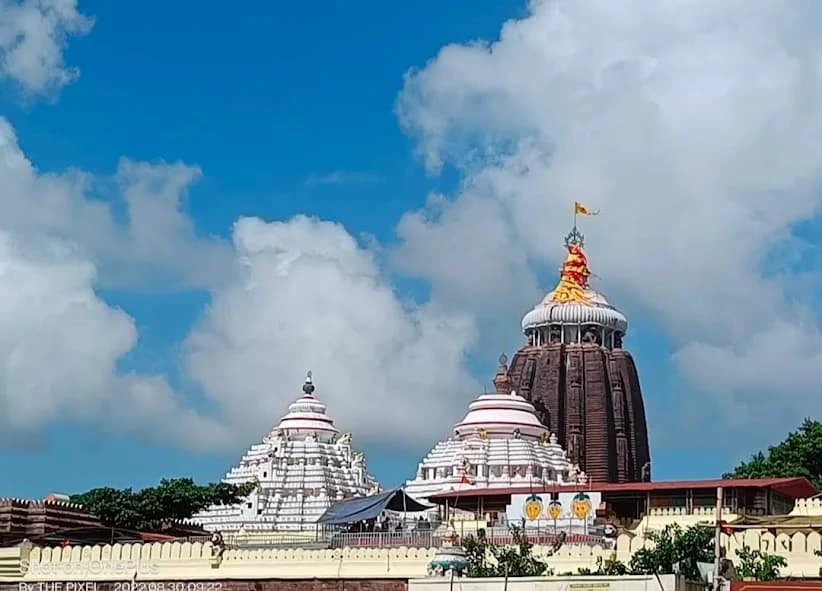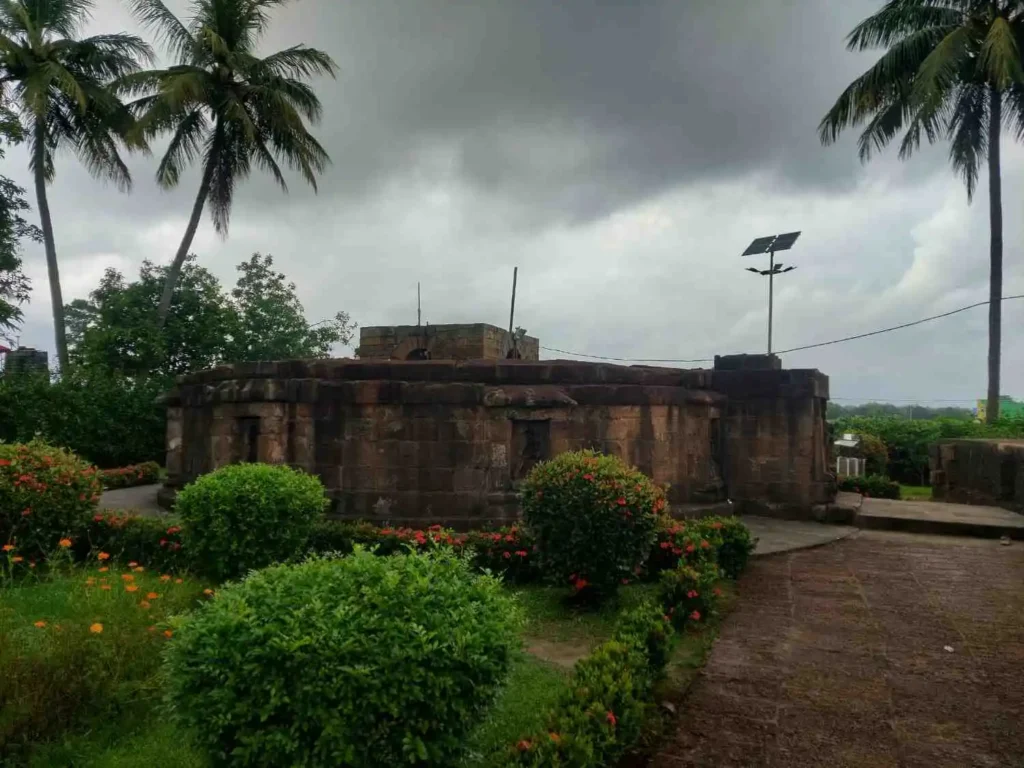
Table of Contents
To begin with, nestled on the eastern shores of Odisha, the Konark Sun Temple, also famously called the Black Pagoda, isn’t just a temple—it’s a testimony to artistic brilliance, ancient engineering, and deep spiritual devotion. Moreover, its majestic form reflects the grandeur of the Eastern Ganga dynasty and their devotion to Surya, the Sun God.
However, behind its grand structure lies a dense web of myths, historical debates, and controversies. Therefore, to truly understand its significance, one must look beyond the ruins and into the stories, beliefs, and scientific insights that make this monument so captivating.When Was the Konark Sun Temple Built – And Who Really Built It?
Firstly, the most credible records, like the Madala Panji and Baya Chakada, state that King Langula Narasingha Deva I of the Eastern Ganga Dynasty built the present structure in 1278 AD. Additionally, many archaeologists support this timeline, although some scholars claim that builders constructed it as early as the 9th century.
Secondly, Narasingha Deva’s victory over Bengal’s Muslim rulers directly inspired him to commission this architectural feat. Indeed, the temple represented a symbol of pride, power, and spiritual dedication.Did they finish building the temple? Did people worship the Sun God there?
On the contrary, multiple sources directly challenge the myth that the temple collapsed before worship began. Notably, historical records confirm that devotees actively worshipped Suryanarayana (Sun God) at the temple for nearly 300 years:
- Firstly, worshippers created visible wear marks on the throne through repeated offerings and rituals.
- Secondly, ancient authors and scribes documented detailed rituals and festivals in epics and inscriptions.
- Thirdly, European sailors described the intact temple in their 17th-century travel records.
- Finally, devotees continue to perform rituals like Chandrabhaga Snana and Ratha Yatra at the site today.
The Curious Case of the Vanished River Chandrabhaga
Initially, some early scholars doubted the existence of the River Chandrabhaga, claiming it was a mythological reference from Punjab. However, modern techniques like satellite imagery, remote sensing, and RADAR scans have confirmed the existence of ancient water channels near the temple.
Moreover, historical paintings and photos from the 1800s show water bodies in the backdrop. In addition, the Balukhanda forest and mentions in ancient texts further solidify that the river once flowed beside the temple.Legends & Local Lore – More Than Just Folktales
The Tale of Dharmapada
Ramachandi & Sibei Santara
The Floating Idol
Was Konark Sun Temple Originally a Buddhist Monument?
In 1910, Bishan Swarup proposed that the Sun Temple had Buddhist origins, citing the name “Maitreya Vana” and various Buddhist symbols. Nevertheless, scholars like Rajendra Lal Mitra, Pandit Krupasindhu Mishra, and Karuna Sagar Behera strongly refuted his claims.
Furthermore, historians and archaeologists consistently present architectural evidence, iconography, rituals, and scriptures that clearly affirm the temple’s Hindu roots, particularly its foundation in Sun worship (Soura tradition).
What Happened to Konark Temple? Why Is It in Ruins Today?
- Kalapahada, a 16th-century invader, possibly attacked the temple.
- Removal of its crowning magnet (Kalasha) may have triggered structural weakness.
- Natural decay and neglect over time.
- British intervention tried to stabilize the Jagamohana but avoided full restoration.
FAQs – People Also Ask
Why did sailors start calling the Konark Sun Temple the Black Pagoda?
Q2. Who built the Konark Sun Temple and why?
Q3. Is Konark Sun Temple a World Heritage Site?
Q4. Why did devotees stop using the Konark Temple for worship?
Q5. What is unique about Konark Sun Temple’s architecture?
Final Thoughts – Why Konark Still Matters Today
Ultimately, the Konark Sun Temple is more than stone—it is poetry in architecture, mystery in mythology, and pride in heritage. Though partially ruined, it continues to inspire awe and reverence.
In conclusion, let’s not just admire it from a distance. Let’s explore it, understand its legacy, and support its preservation. This ancient marvel deserves more than just footnotes in history.Plan your visit to Konark. Dive into the heritage. Share its story. Support restoration efforts. Let’s ensure the legacy of the Sun Temple shines forever.


